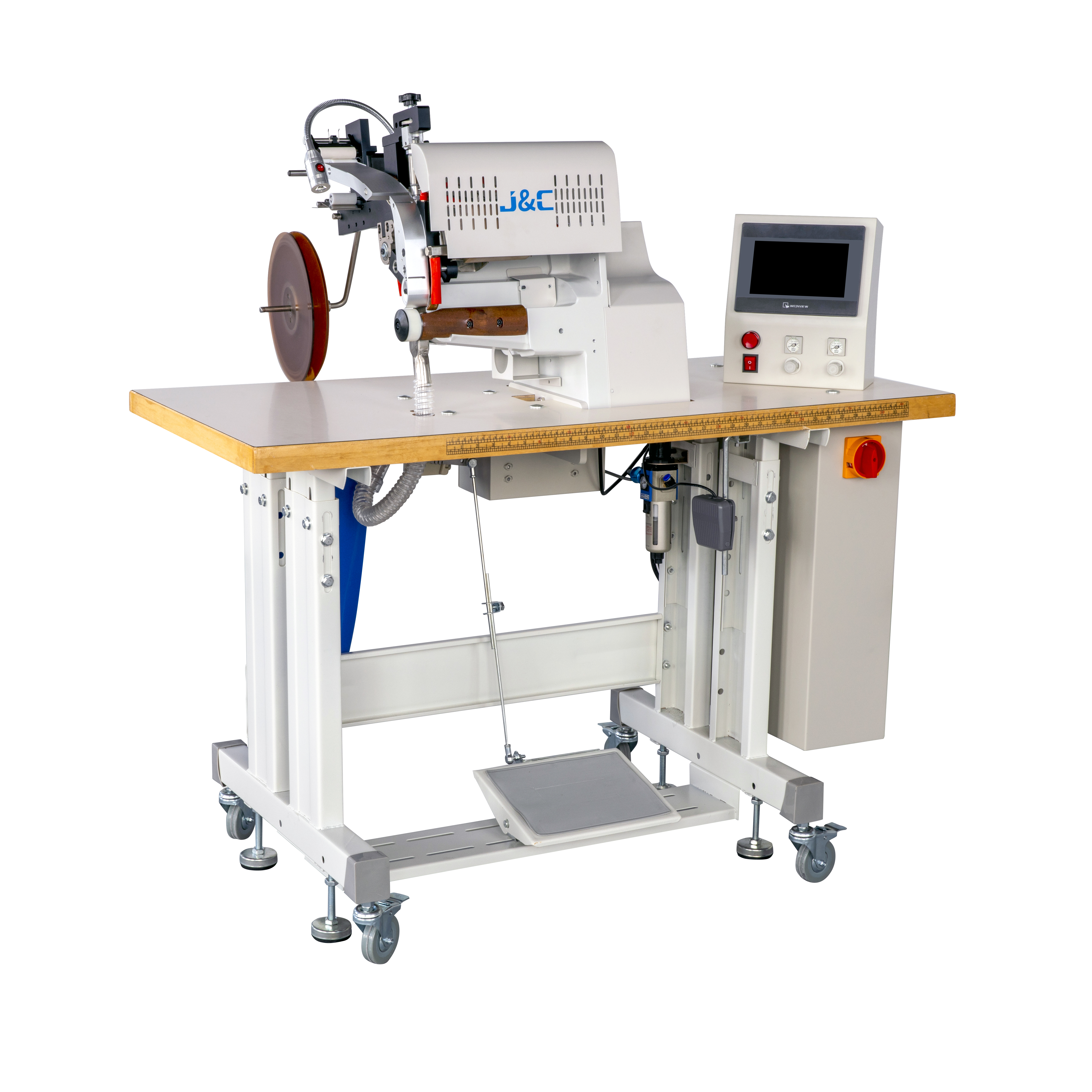Email format error
Email cannot be empty
Email already exists
6-20 characters(letters plus numbers only)
The password is inconsistent
Email format error
Email cannot be empty
Email does not exist
6-20 characters(letters plus numbers only)
The password is inconsistent


Hot melt adhesive films are a crucial component in various industrial applications, from automotive manufacturing to electronics and packaging. These versatile materials have been making waves due to their effectiveness, ease of use, and cost-efficiency. In this blog, we’ll dive into the world of hot melt adhesive films, exploring their properties, applications, and the factors influencing their price. Whether you’re a seasoned professional or someone new to the industry, this guide will offer valuable insights into these essential materials.
Hot melt adhesive film is a type of thermoplastic adhesive that comes in the form of a thin, flexible sheet. Unlike liquid adhesives, which require application through a nozzle or brush, hot melt adhesive films are pre-coated and require heat to activate their bonding properties. When heated, these films melt and flow, allowing them to bond with various substrates upon cooling.
These adhesive films are known for their excellent bonding strength, flexibility, and resistance to environmental factors. They are used across many industries due to their ability to create strong, durable bonds with minimal processing time.
Versatility: Hot melt adhesive films can bond to a wide range of materials, including plastics, metals, glass, and fabrics. This versatility makes them suitable for numerous applications, from automotive interiors to medical devices.
Fast Curing Time: One of the significant advantages of hot melt adhesive films is their quick curing time. Once the film is applied and heated, it solidifies rapidly, which speeds up production processes and reduces overall manufacturing time.
Strong Bonding: The adhesive films form robust bonds that can withstand considerable stress and strain. This strength is crucial in applications where durability and reliability are essential.
Environmental Resistance: Many hot melt adhesive films are designed to resist moisture, chemicals, and extreme temperatures. This resistance ensures that the bonds remain intact even under challenging conditions.
Easy Application: The pre-coated nature of hot melt adhesive films simplifies the application process. There’s no need for additional mixing or complex equipment, making it easier for manufacturers to integrate these films into their production lines.

Hot melt adhesive films find applications in a wide range of industries due to their adaptability and performance. Here are some notable uses:
Automotive Industry: In automotive manufacturing, hot melt adhesive films are used for bonding interior components, such as trim panels and upholstery. They provide a strong, durable bond that can withstand the rigors of daily use and environmental exposure.
Electronics: The electronics industry benefits from hot melt adhesive films in assembling electronic devices and securing components. The films offer precise bonding and protect sensitive components from damage.
Packaging: In packaging, these films are used for sealing and bonding packages, ensuring that products remain secure during transit and storage. The films provide a reliable seal that helps maintain the integrity of the packaging.
Textiles: Hot melt adhesive films are used in the textile industry for fabric bonding and laminating. They help create seamless, flexible bonds between different fabric layers, enhancing the durability and appearance of textile products.
Medical Devices: The medical industry utilizes hot melt adhesive films for assembling and securing medical devices. The films are chosen for their ability to provide strong bonds while maintaining the cleanliness and integrity of medical products.
The price of hot melt adhesive films can vary based on several factors. Understanding these factors can help you make informed decisions when purchasing adhesive films for your specific needs. Here are some key considerations:
Material Composition: The composition of the adhesive film can significantly impact its price. Films made from high-quality or specialized materials may be more expensive due to their enhanced properties and performance.
Thickness and Size: The thickness and size of the adhesive film also play a role in determining its price. Larger or thicker films generally cost more due to the increased material usage and manufacturing processes involved.
Production Volume: Bulk purchases often result in cost savings. Manufacturers may offer lower prices for large orders due to economies of scale, reducing the overall cost per unit.
Customization: Customizing hot melt adhesive films to meet specific requirements or applications can affect the price. Customized films may involve additional processing and material costs, leading to a higher price point.
Supplier and Brand: Different suppliers and brands may offer varying prices based on their production capabilities, quality control standards, and market positioning. Comparing prices from multiple suppliers can help you find the best value for your needs.
Market Trends: The price of hot melt adhesive films can be influenced by market trends and fluctuations in raw material costs. Staying informed about industry trends and market conditions can help you anticipate price changes and plan accordingly.
Hot melt adhesive films are an indispensable part of modern manufacturing and industrial applications. Their versatility, fast curing time, and strong bonding capabilities make them a preferred choice across various industries. Understanding the key properties, applications, and factors influencing their price can help you make informed decisions and choose the right adhesive film for your needs.
Whether you’re involved in automotive manufacturing, electronics, packaging, textiles, or medical devices, hot melt adhesive films offer reliable and effective bonding solutions. By considering factors such as material composition, thickness, production volume, customization, and market trends, you can navigate the world of hot melt adhesive film prices and make the best choice for your specific requirements.